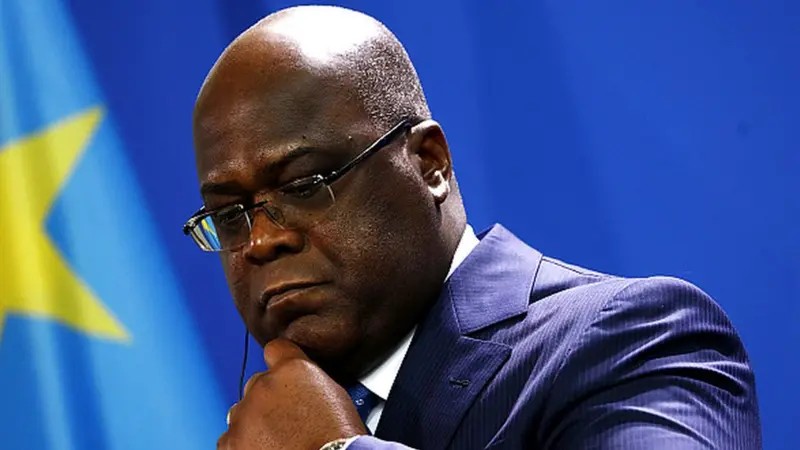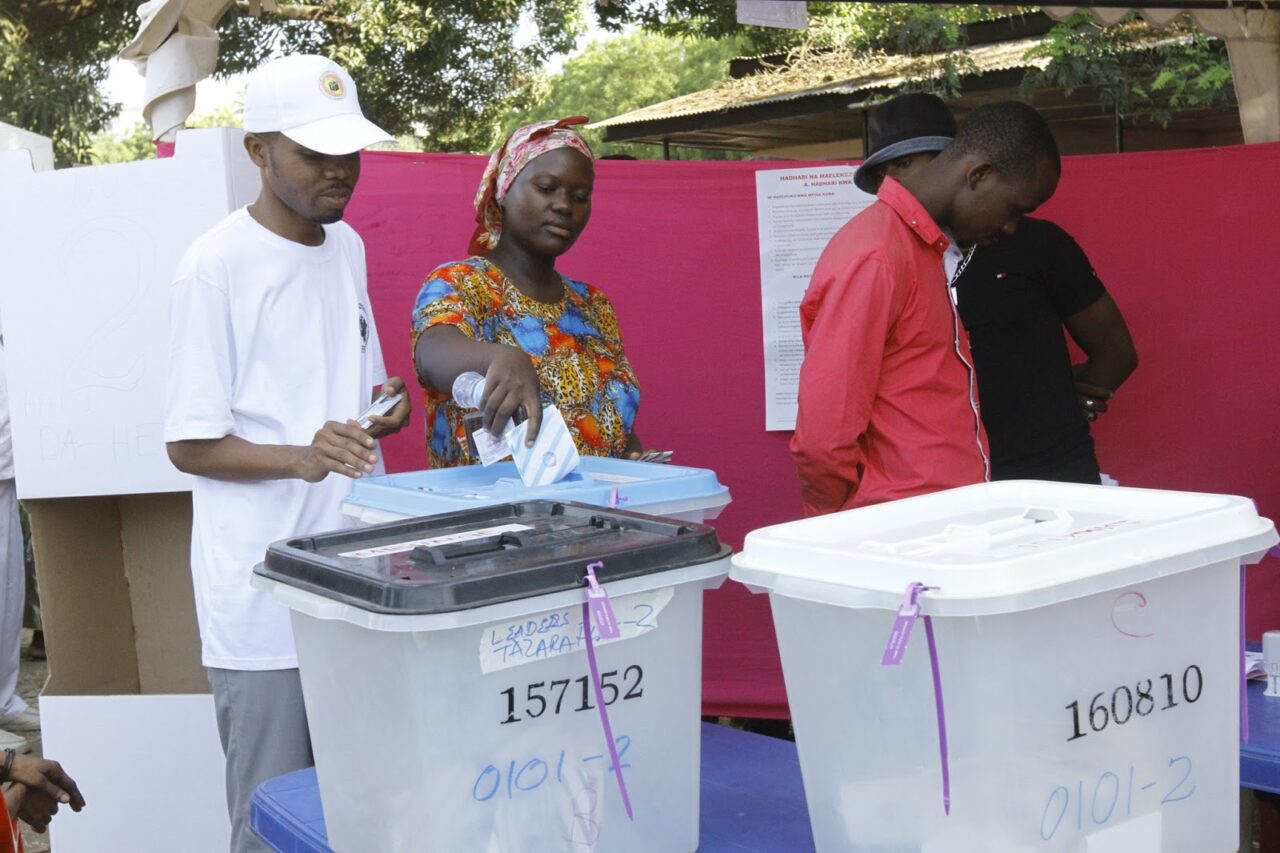Tanzania has a very rich history of music. From the rise of Cuban Rumba in the 1930s to the present-day dominance of Bongo Flava, Tanzanian music has evolved and drawn from various cultural influences.
In the 1990s, independent producers like Master Jay and P-Funk were pivotal in building a vibrant independent music scene. Technological advances have since levelled the playing field for aspiring artists.
And while the prospect of independent artists competing with established labels might seem like a David and Goliath story, the reality is that independent artists can challenge the music establishment, and Tanzanian music fans are all the richer for it.
It’s important to acknowledge that most independent artists face significant challenges. However, this doesn’t mean we should write off the independent scene altogether.
Investing in the independent scene could have far-reaching benefits for the Tanzanian economy.
Music and the economy
A robust music industry means more jobs, tourism, culture, shows, and mouths fed. For the non-believers who may doubt the validity of this claim, let’s examine some facts:
In 2018, the United Nations Conference on Trade and Development (UNCTAD) reported that the creative industry in Africa had the potential to generate 20 million jobs by 2021 although the COVID-19 pandemic, unfortunately, impacted this target.
In Nigeria, the music industry (falling under the Media & Entertainment sector) employs approximately a million people, as the International Trade Administration reported.
In Tanzania, the annual Sauti za Busara music festival in Zanzibar attracts over 20,000 attendees. The resulting increase in demand for accommodation, food, transportation, and entertainment services incentivises local businesses to expand and invest.
Naseeb Abdul Juma sold second-hand clothing (mitumba) to fund his dreams of becoming Diamond Platnumz; nothing was handed to him. He made Goliath bow.
Today, he’s part of the establishment. But he wasn’t to start with. And along the way, Diamond learnt a hard, bitter truth: as much as music is a form of self-expression, the music business is a business, and mediocrity doesn’t sell.
Collaboration
Crafting a song that captures the audience’s attention demands technical skills and creative flair at every stage, including writing, production, engineering, mastering, and marketing.
No single artist can do it all, as each stage requires specialised skills that take years of practice to perfect. That’s why independent artists who try to do everything independently risk producing subpar work that fails to meet industry standards.
Mixing and mastering, for instance, require a skilled ear and knowledge of music theory and sound engineering.
Marketing a song involves understanding the target audience and creating compelling promotional materials and content, and that’s just the tip of the iceberg.
Therefore, Diamond spent years carefully assembling the perfect team around him, and his team has helped him dominate in Bongoland for years.
Other trailblazing independent artists like Tofa Jaxx, Mex Cortez, and Yeyo TMC have also demonstrated the transformative power of collaboration by teaming up with producers and engineers that complement their creative styles.
So we’ve established that “collabos” are vital for independent artists to create high-quality music, but that’s not enough.
To truly excel, artists must be willing to “kill their darlings,” letting go of their preconceived notions about what makes a good song.
This means being open to feedback from trusted collaborators, experimenting with new sounds and styles, and embracing creative risks; artists who ignore this critical advice do so at their peril.
Even the legendary Michael Jackson learned this lesson hard when he asked Quincy Jones to remove the violins from the intro of the phenomenal hit Don’t Stop ‘Til You Get Enough.
Thankfully, Quincy didn’t listen to Michael, but this proves that even the King of Pop can obstruct his success!
Independent artists should therefore be willing to do the unimaginable to the darlings they love so they may birth something worthy of our time, ears, and hearts.
To sum up, independent musicians like Tofa Jaxx, Mex Cortez, and the like strive to pave the way for independent music in Tanzania, much like Master Jay and P-Funk did in the 90s.
However, independent artists must recognise and appreciate the real collaborative effort (devoid of ego!) needed to create a hit.
Needed interventions
As we explore ways to grow the independent music scene, it’s essential to consider the role that the government can play.
There are many examples worldwide, but this one stands out closer to home: Kenya’s broadcasting regulations were enacted in 2014 to require broadcasters to play at least 60 per cent of local music content.
Such regulations ensure that independent artists are heard on channels usually dominated by established labels, instead of struggling in the fringes of culture, which is the case in Tanzania.
Increased airplay can also lead to more exposure, music sales, live performances and collaboration opportunities. It would be unwise to ignore how vital this channel is, considering streaming is not popular in Tanzania, as in countries like South Africa and Nigeria.
While the Tanzanian government has taken steps to promote the local music industry, such as developing the Tanzania Regulatory Music Board and Tanzania Music Foundation, independent artists still lack education, resources, and support.
Charting a way forward
As independent artists strive to make their mark in the music industry, a critical question arises: Who is responsible for supporting their creative pursuits?
Should independent musicians produce remarkable records and proactively market themselves before calling for government intervention, or must the government take the lead in promoting their art and careers?
It’s a chicken and egg dilemma, so the answer is not black and white. Still, one thing is clear: a comprehensive approach that combines government support with an enabling ecosystem for creativity and innovation is necessary to shift the music industry in a positive direction.
To this end, I suggest a multi-pronged strategy that includes creating funding opportunities, educational and training programs, and platforms for exposure and networking.
However, it’s crucial to note that enacting laws that promote airplay for local independent artists has been a successful method in the past and remains a crucial aspect of any strategy going forward.
Therefore, it’s highly advisable to prioritise implementing such laws to ensure that independent artists can be heard and recognised alongside established labels.
We should all remember that our rich musical heritage is a treasure to be celebrated, but it is also a call to action.
As a society, we have a collective responsibility to support and elevate the independent music scene to continue pushing the boundaries of creativity and ensure that Tanzania’s musical potential is fully realised.
Akram Mulji is a writer and digital marketing strategist. He is available at @akramthewriter@gmail.com or on Twitter as @MuljiAkram. These are the writer’s own opinions and do not necessarily reflect the viewpoint of The Chanzo Initiative. Do you want to publish in this space? Contact our editors at editor@thechanzo.com for further inquiries.





One Response
Great